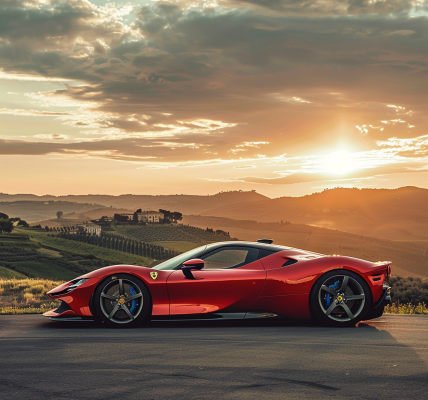New research has uncovered a surprising discovery in the world of marine biology. Genome sequencing of North Atlantic blue whales has revealed that a significant portion of their DNA, around 3.5 percent, comes from a neighboring species, fin whales. This unexpected finding suggests that interspecies mating between these two whale species may be more common than previously thought.
The study, conducted by scientists from Canada and Norway, has shed light on the population structure and demographic history of blue whales in the North Atlantic. The presence of fin whale DNA in all the blue whale samples studied indicates a phenomenon known as introgression.
Unlike most hybrid animals, which are typically infertile, the offspring of blue and fin whales appear to be fertile. This defies the conventional understanding that hybrid animals are usually unable to produce viable offspring. Previous research on whales in the rorqual group, which includes fin and blue whales, has suggested that they possess genetic features that allow for successful hybridization.
One possible explanation for the fertility of these whale hybrids is that the two species have not diverged significantly on the evolutionary tree, resulting in genetic compatibility that enables viable offspring. Both blue and fin whales have 44 pairs of chromosomes and share an identical chromosomal pattern, as revealed by a genetic test called C-banding.
This groundbreaking discovery challenges existing notions about interspecies mating and hybrid fertility in the animal kingdom. It provides valuable insights into the genetic dynamics of whale populations and raises intriguing questions about the potential impact of interspecies breeding on the evolutionary trajectory of these magnificent marine creatures.





